Joybites: crypto education for moms, by a mom.
-
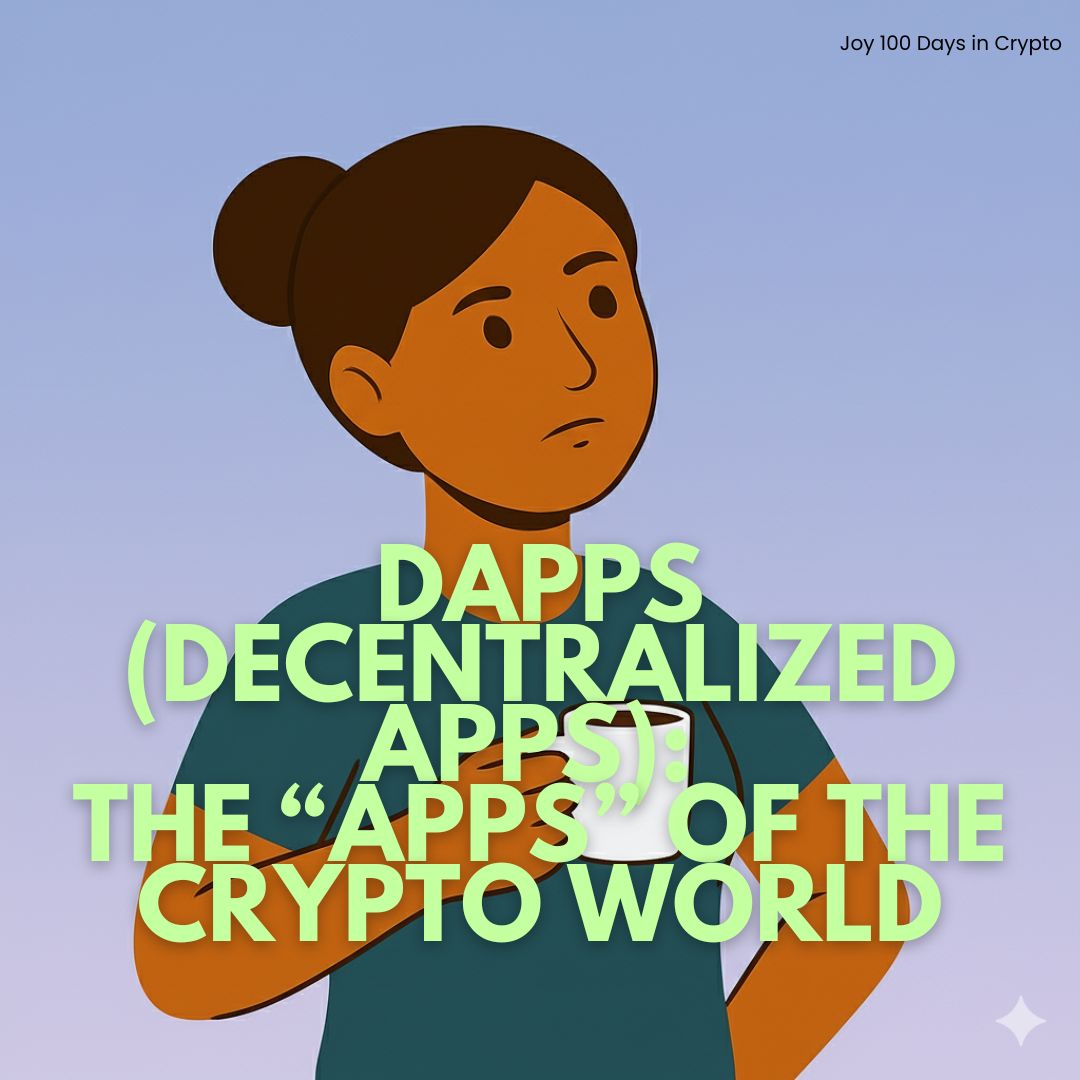
Day 21: dApps (Decentralized Apps): The “Apps” of the Crypto World
A dApp (short for decentralized application) works just like the apps we use daily, except it runs on blockchain. Instead of sitting on one company’s servers, dApps are powered by smart contracts. These self-executing contracts live on the blockchain and make sure the rules are followed without needing a middleman. That’s what makes them powerful:…
-
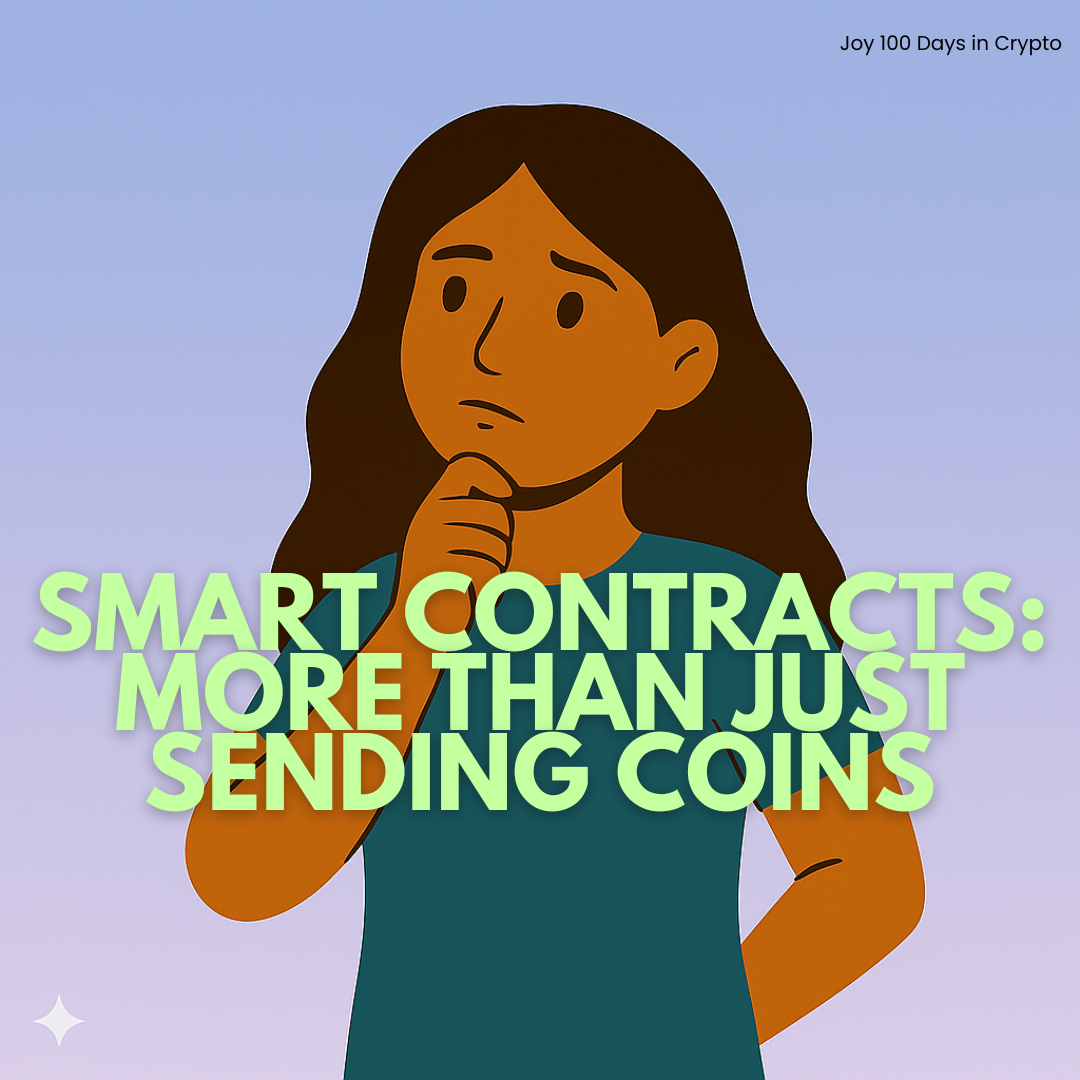
Day 20: Smart Contracts: More Than Just Sending Coins
When I first heard the term “smart contract,” I honestly thought it was something complicated—maybe a mix of tech jargon and legal stuff. But as I learned more, I realized it’s actually simple and really powerful. A smart contract is like a digital agreement that lives on the blockchain. And the “smart” part? It executes…
-
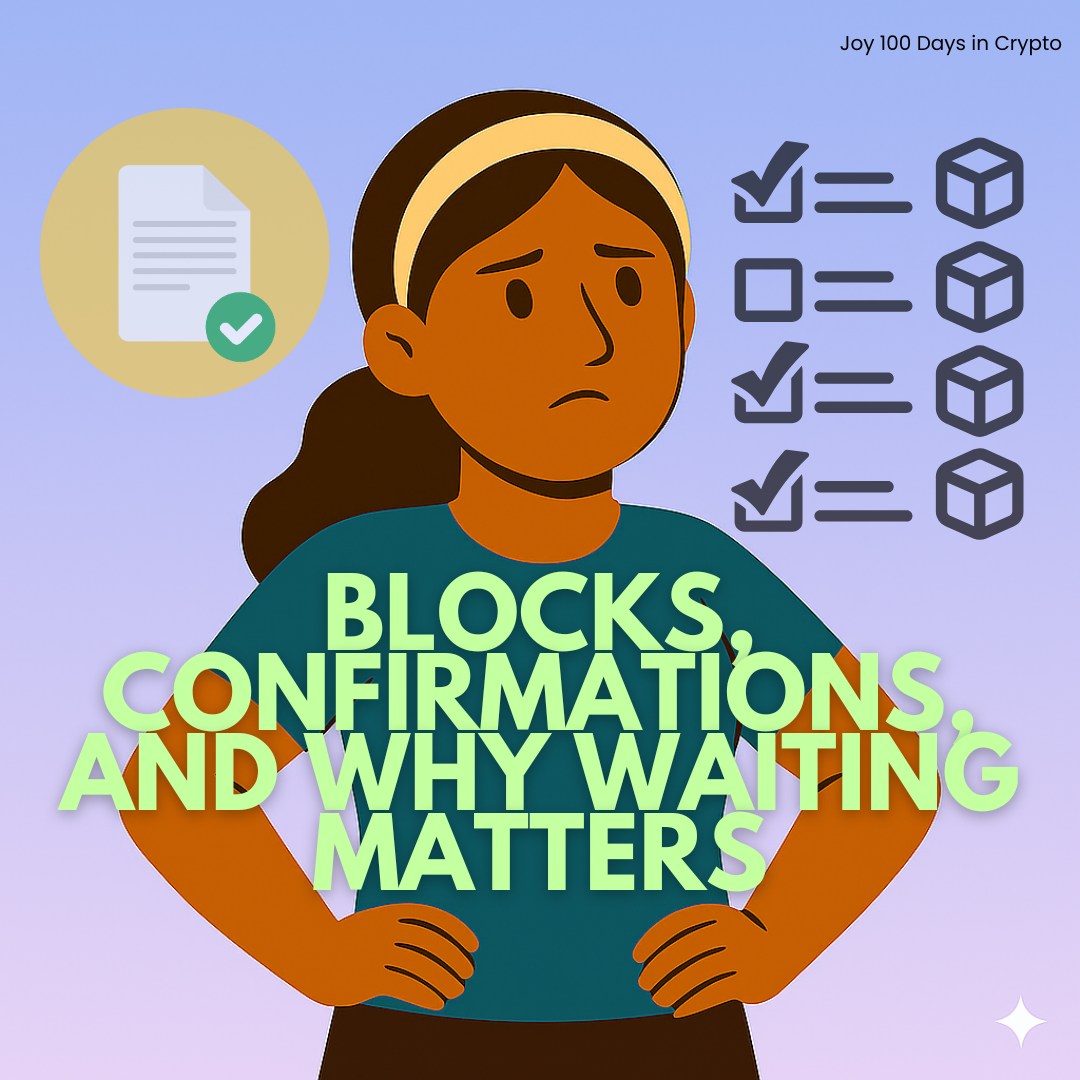
Day 19: Blocks, Confirmations, and Why Waiting Matters
When I first started dealing with crypto in 2021, I thought sending Bitcoin would be as quick as sending money through an e-wallet. I typed in the wallet address, clicked “Send,” and felt that rush—like trying something new for the first time. But then… nothing happened. I refreshed. Checked again. Still nothing. Panic mode on.…
-

Day 18: Miners vs Validators: Who Keeps the Network Running?
Back in 2013, my husband bought a computer for mining. He didn’t really explain what it was all about, he just kept saying “Bitcoin this, Bitcoin that.” All I knew was that our electricity bill was suddenly doubling, sometimes even tripling, and a big chunk of our monthly budget was going into this mysterious thing…
-

Day 17: Why Gas Fees Go Up and Down (And How Not to Overpay)
By now, you know that every time you send crypto, swap tokens, or mint an NFT, you’re not just moving numbers on a screen. Back in Day 15, we talked about gas fees — those little charges you pay for using the blockchain’s network. And on Day 16, we broke down what you’re actually paying…
-

Day 16: What exactly are blockchain transactions (what you’re paying for)?
By now, we’ve already covered a lot:👉 Day 3 – Understanding Blockchain (the shared digital ledger that records everything)👉 Day 10, we dug into crypto wallets—your hot and cold storage.👉 Day 11, we learned about public keys and private keys (like your wallet address and your ATM PIN).👉 Day 12, we met the seed phrase—the…
-
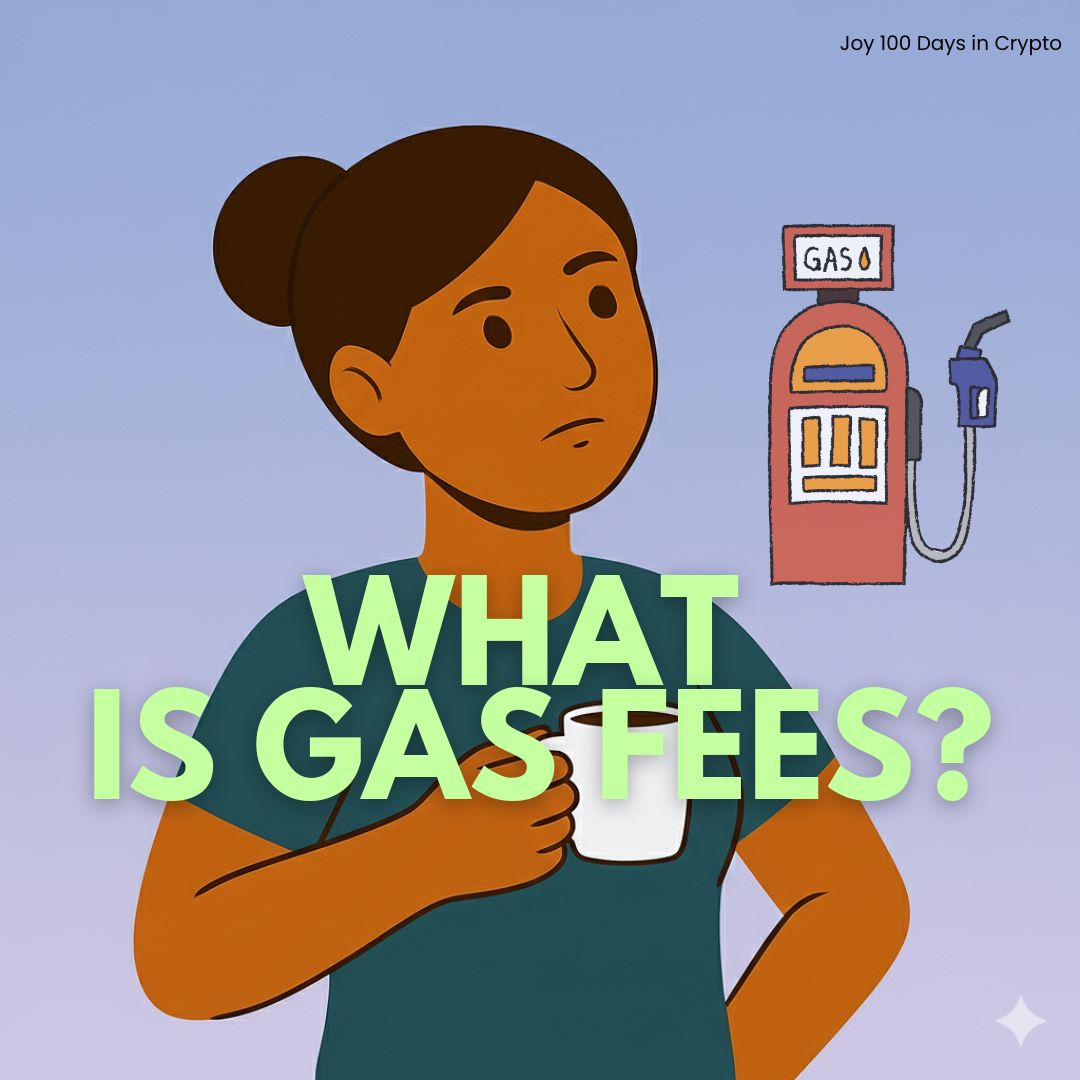
Day 15: Gas Fees: The Hidden Ticket to Every Crypto Transaction
So, by now, you already know what a wallet is (Day 10), what public and private keys are (Day 11), and why your seed phrase is like the ultimate master key (Day 12). Yesterday, in Day 14, we talked about decentralization, how you, and only you, are in control of your wallet. Now, let’s answer…
-

Day 14: What is Decentralization?
Yesterday, in Day 12, we talked about the seed phrase… those 12 or 24 random words that act like the master key to your crypto wallet. I mentioned how it’s the one thing that can recover everything if you ever lose access to your wallet. But here’s the bigger question: why does it work that…
-
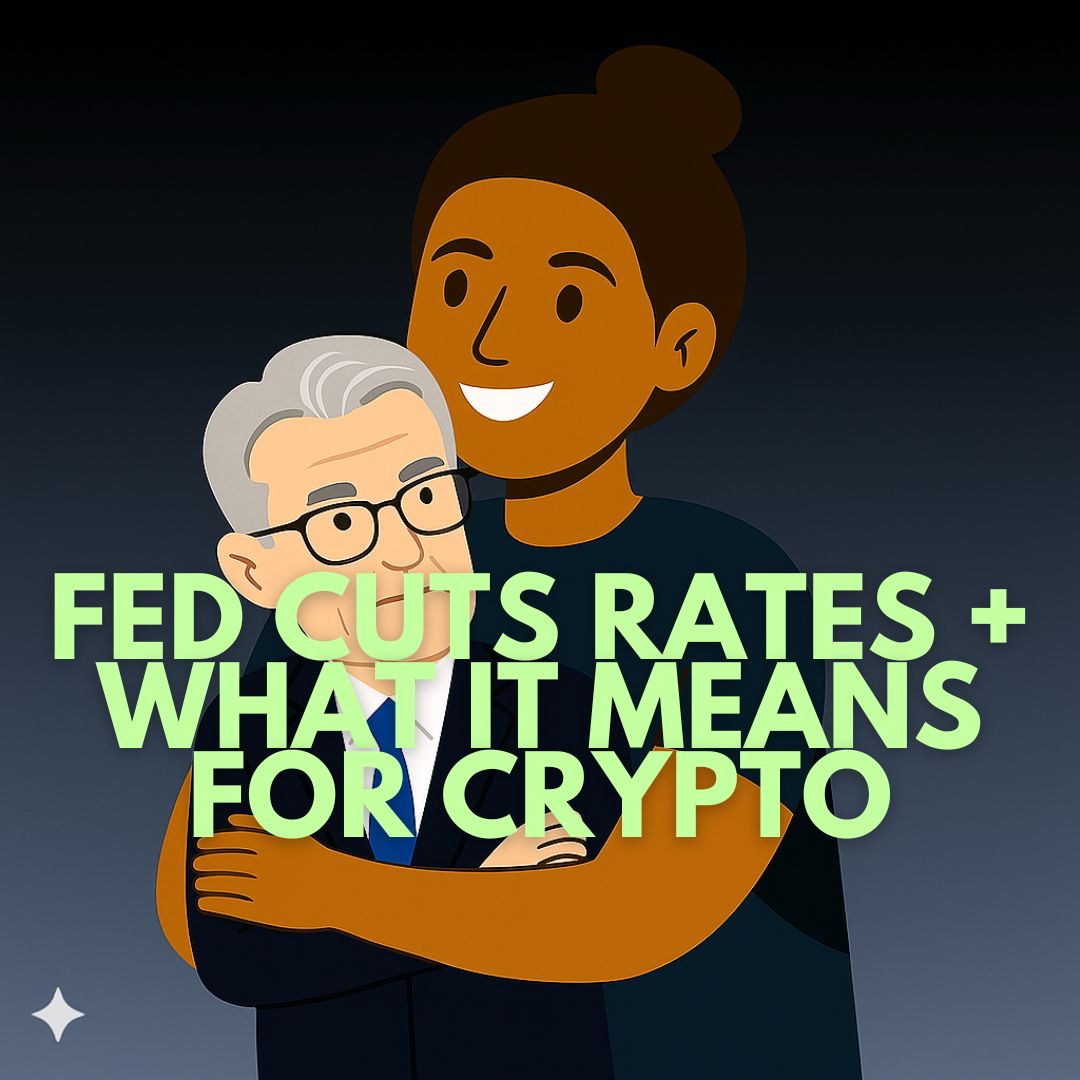
Day 13: Fed Cuts Rates + What It Means for Crypto
Today we’re shaking things up a little. This series is meant to walk through crypto step by step, but since X is flooded with posts about the latest rate cut, I thought, why not join the conversation? Consider this a special edition of our 100 Days of Crypto. Still part of the journey, just with…
-
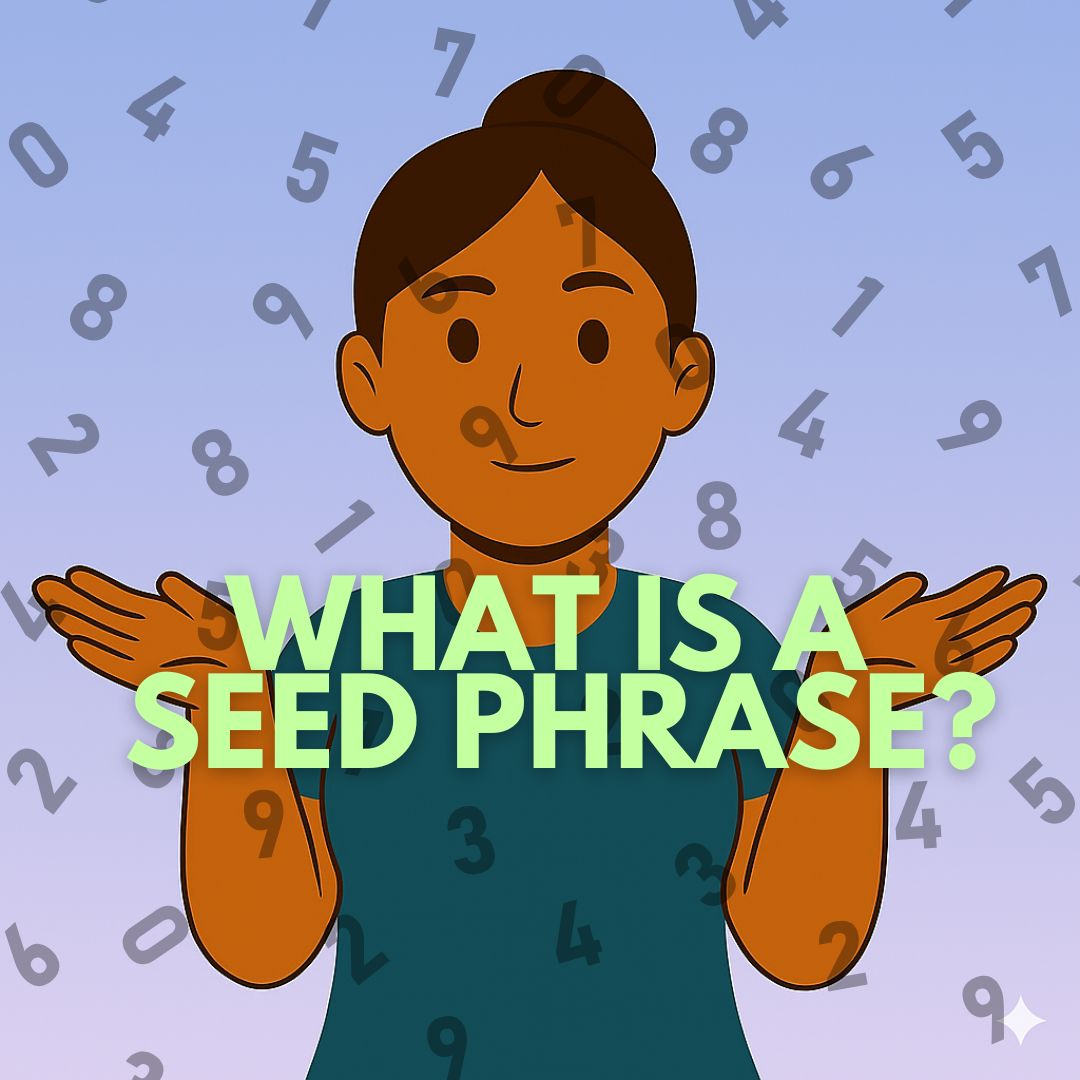
Day 12: What is a Seed Phrase?
Okay, okay… we already know from Day 10 and Day 11 that your wallet holds your crypto. To send or receive, you use your public key (a.k.a. your wallet address). To approve transactions, you need your private key (like your ATM PIN). So far, so good. But now comes another important piece of the puzzle:…
Got any book recommendations?